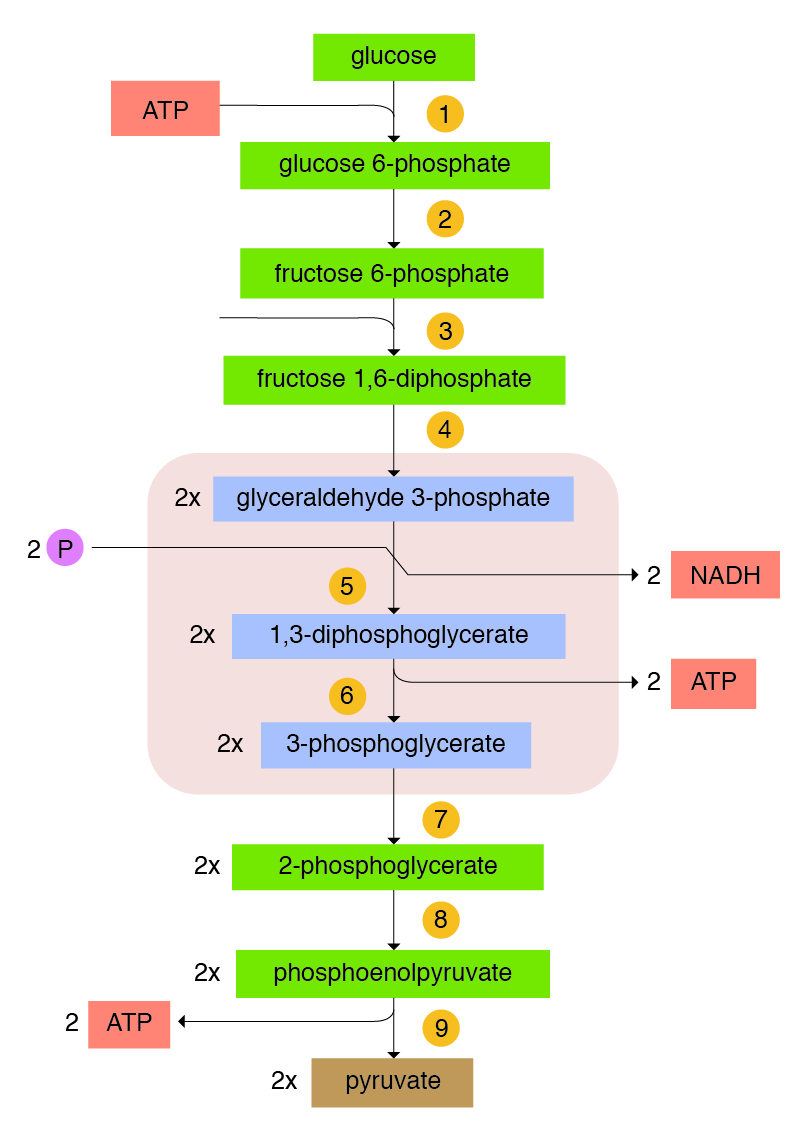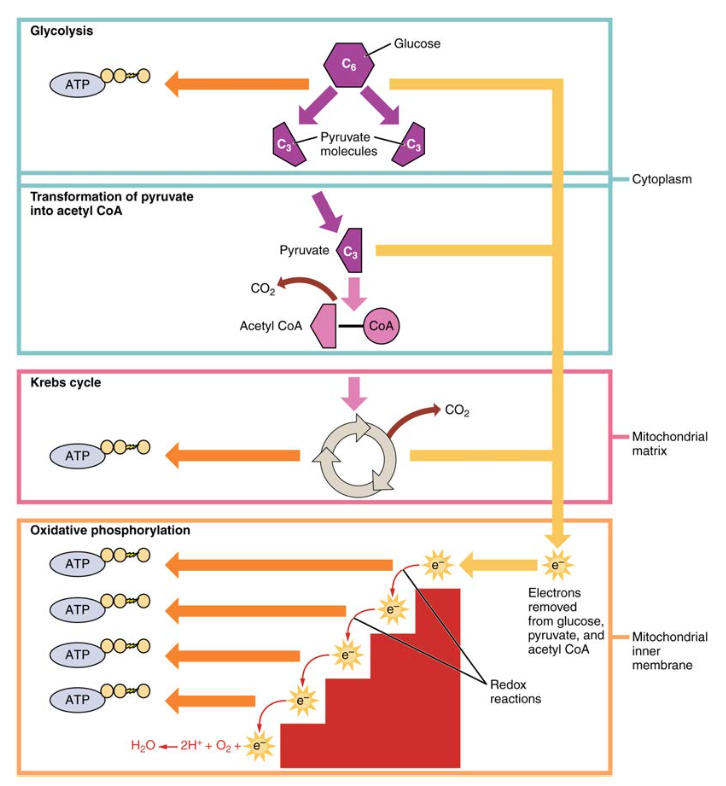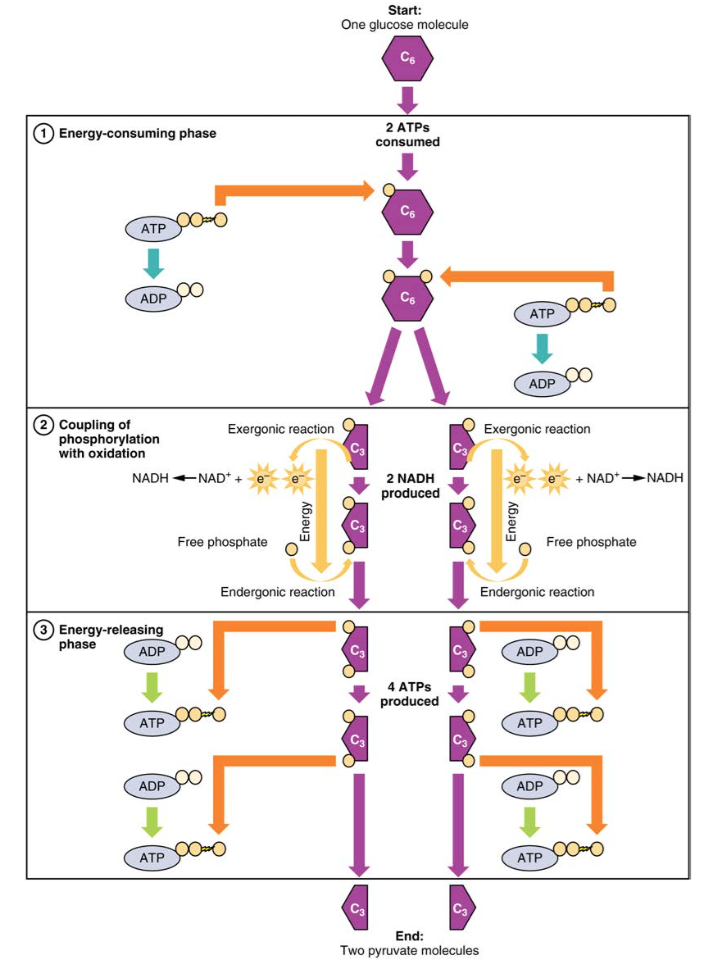Describe the Fate Metabolism and Functions of Carbohydrates
Since carbohydrate utilization promotes human survival genes and traits regulating carbohydrate metabolism during exercise and energy storage have been selected throughout evolution. Although the carbohydrates functions are similar to the fuel in our cars the process is much more complex than that.

V Carbohydrates Metabolism A Guide To The Principles Of Animal Nutrition
The catabolic processes of carbohydrates include.

. Excess carbohydrates are stored as starch in plants and as glycogen in animals ready for metabolism if the energy demands of the organism suddenly increase. 2 However current lifestyles are pre-dominantly sedentary which coupled with the intake of excessive amounts of carbohydrates has led to metabolic diseases such as type 2 diabetes. Catabolic Processes and B.
As with other food components the digestive fate of particular carbohydrates depends on their inherent chemical nature and on the supramolecular structures within foods of which they are a part. Carbohydrates are an essential part of our diet. K Mg 2 and Ca 2 for example in cardiac contraction and the biosynthesis of complex macromolecules such as glycogen.
To maintain cellular and whole-body function living organisms require energy continuously. The ten pathwayscycles of carbohydrate metabolism are. Energy is required for mechanical work contraction and cellular movement active transport of ionssubstrates ie.
The anabolic processes of carbohydrates include. Carbohydrate metabolism was known at an early date to be affected by combined oral contraceptives. Carbohydrate metabolism involves glycolysis the Krebs cycle and the electron transport chain.
Break down of molecules - for example producing energy from glucose. Carbohydrate metabolism involves glycolysis the Krebs cycle and the electron transport chain. A mild to moderate degree of insulin resistance was found in some investigations 178 179.
Since all digestible forms of carbohydrates are eventually transformed into glucose it is important to consider how glucose is able to provide energy in the form of adenosine triphosphate ATP to various cells and tissues. Glucose is a primary fuel that drives the metabolism and function of every cell in the body. The primary role of carbohydrates is to supply energy to all cells in the body.
We take in carbohydrates in the form of vegetables fruits. Nonetheless each person. 10 Cycles With Diagram This article throws light upon the ten major pathwayscycles of carbohydrate metabolism.
There are different ways in which carbohydrates helps living beings like storing energy in the form of glycogen and starch. 1 Glycolysis 2 Conversion of Pyruvate to Acetyl COA 3 Citric Acid Cycle 4 Gluconeogenesis 5 Glycogen Metabolism 6 Glycogenesis 7 Glycogenolysis 8 Hexose. The energy released is used to power the cells and systems that make up your body.
Glycolysis the Krebs Cycle oxidative phosphorylation. The goal of digestion and absorption of carbohydrates is to break them down into small molecules of sugar known as glucose. Although they are found in different forms carbs are broken down into simple units through digestion to be used in metabolism.
This process takes place primarily in the liver during periods of low. List the major steps in carbohydrate metabolism and note which require oxygen Describe the major steps and organs involved in lipid and protein metabolism Compare the absorptive and post-absorptive states in terms of glucose use and nutrient transport. Building bodys components - such as creating the phospholipids of the plasma membrane or building muscle tissue.
6 Essential Carbohydrates Functions. However the considerably impaired glucose tolerance described in some users in the 1960s was directly dose-dependent. During digestion carbohydrates that consist of more than one sugar get.
But in the nutrition world theyre one of the most controversial topics. Excess or unutilized energy is stored as fat or glycogen for later use. Biologically speaking carbohydrates are molecules that contain carbon hydrogen and oxygen atoms in specific ratios.
Carbohydrates are used in human metabolism as the primary source of energy in your body but restricting your intake of carbohydrates may help with short-term weight loss. Metabolic enzymes catalyze catabolic reactions that break down carbohydrates contained in food. Gluconeogenesis is the synthesis of new glucose molecules from pyruvate lactate glycerol or the amino acids alanine or glutamine.
Energy Production from Carbohydrates Cellular Respiration The metabolism of any monosaccharide simple sugar can produce energy for the cell to use. Most importantly they provide the energy for the most obvious functions of our body such as moving or thinking but also for the background functions that most of the time we do not even notice 1. This review will focus on the.
Both liver and muscle are capable of storing glucose in the form of glycogen but only the liver can break down glycogen. Digestion Metabolism of Carbohydrates. The Functions of Carbohydrates in the Body There are five primary functions of carbohydrates in the human body.
Exergonic give off energy stored in molecules. Carbohydrates act just like the fuel in our cars. Lastly an individuals inherent metabolic rate is a function of the proteins and enzymes derived from their genetic background.
Men tend to burn more calories than women do. Digestive fate of dietary carbohydrates. The metabolism of carbohydrates is done through two processes.
There are five primary functions of carbohydrates in the human body. Gluconeogenesis This process takes place primarily in the liver during periods of low glucose that is under conditions of fasting starvation and low carbohydrate diets. It helps in cell signalling as glycolipids and glycoproteins that act as determinants of blood groups.
HMP Pathway or Pentose Phosphate Pathway and 5. Thus your genes play a big role in your metabolism. List four primary functions of carbohydrates in the human body.
It helps in transporting energy to. They are energy production energy storage building macromolecules sparing protein and assisting in lipid metabolism. They are energy production energy storage building macromolecules sparing protein and assisting in lipid metabolism.
Citric Acid Cycle 3. Glucose is metabolized in three stages. Functions of carbohydrates in our body.
The liver is the center of carbohydrate metabolism because it is the major regulator of storage and distribution of glucose to the peripheral tissues and in particular to glucose-dependent tissues such as the brain and erythrocytes. When we take in carbohydrates we are taking in fuel for our bodies to use for metabolism of our cells. List and describe the steps necessary for carbohydrate lipid and protein metabolism.
By Renee Thompson Updated December 20 2018. Figure 2426 Carbohydrate Metabolism.

Influence Of Insulin And Ppara On Carbohydrate Metabolic Pathways Download Scientific Diagram

Metabolism Of Carbohydrates Ppt Download


0 Response to "Describe the Fate Metabolism and Functions of Carbohydrates"
Post a Comment